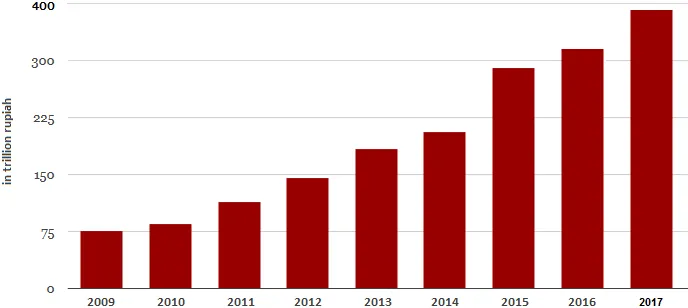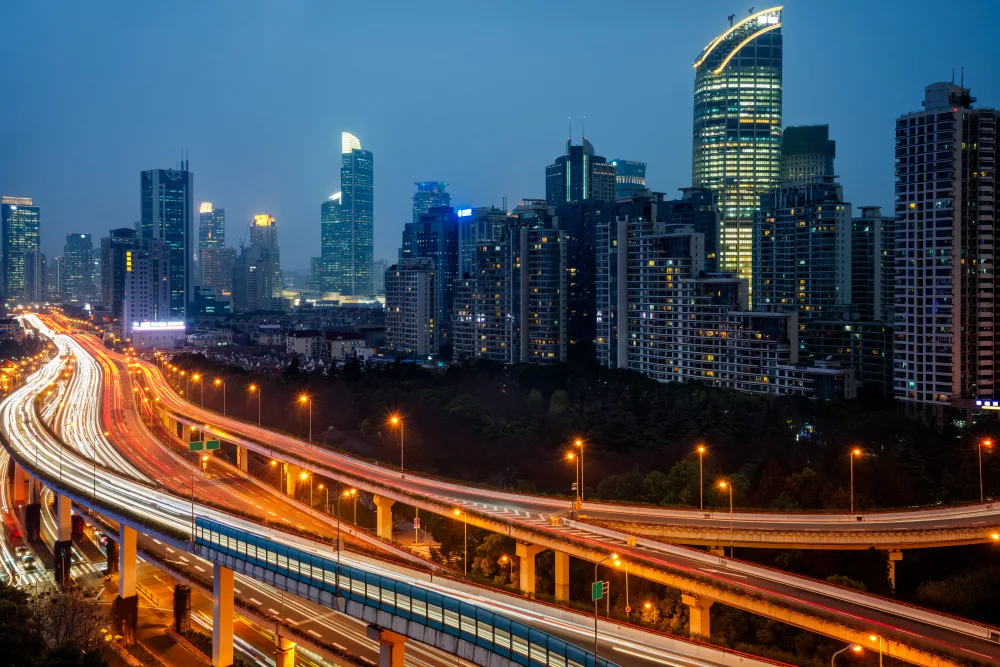Indonesia has embarked on a significant journey of infrastructure development, with major Infrastructure Development Plans Indonesia outlined for the future. The government aims to transform its transportation, energy, and public utilities sectors. As the largest economy in Southeast Asia, improving infrastructure has become crucial for Indonesia’s economic growth and global competitiveness. The Indonesian government’s strategic initiatives will not only enhance national connectivity but also help reduce the country’s high logistics costs. As a result, it’s making Indonesia more attractive for investments.
A Massive Budget for Future Infrastructure Development Plans Indonesia
For the year 2025, the Indonesian government has proposed a substantial budget of Rp400.3 trillion (about US$25.5 billion) for Infrastructure Development Plans Indonesia. A significant portion of this will fund the construction of Nusantara, the new national capital in East Kalimantan, which represents a major symbol of Indonesia’s future.
However, infrastructure funding goes far beyond this new capital project. The budget is also allocated for enhancing vital sectors such as education, health, food security, energy, and national connectivity.
Addressing Indonesia’s Infrastructure Gaps
For years, Indonesia struggled with inadequate infrastructure, which hampered economic growth and made doing business costly. As noted in a 2015 World Economic Forum (WEF) report, Indonesia ranked 62nd out of 140 economies for infrastructure development. This mediocre ranking exposed major inefficiencies in logistics and the business environment. High transportation and electricity costs have been key concerns for potential investors, particularly in sectors like manufacturing.
Infrastructure and economic development are closely tied. Without sufficient Infrastructure Development Plans Indonesia, businesses struggle to expand, and economic activity becomes less efficient. It’s similar to blocked arteries in a human body. This reality has spurred the government to make infrastructure development a top priority in its long-term plans. Improving roads, ports, and energy supplies will not only reduce logistics costs but also attract foreign investment.
Infrastructure Development Plans Indonesia Milestones: 2014 to 2024
The years between 2014 and 2024 have been transformative for Infrastructure Development Plans Indonesia and its infrastructure landscape. Former President Joko Widodo’s administration has already made impressive progress in infrastructure development. Under his leadership, 366 thousand kilometers of village roads, 2,700 kilometers of toll roads, 50 ports, 43 dams, and 1.1 million hectares of irrigation canals were constructed. These improvements contributed to a remarkable decrease in logistics costs from 24% to 14% of the nation’s GDP by 2023. Therefore, it’s strengthening Indonesia’s global competitiveness.

A total of Rp3,600 trillion has been allocated from the state budget to fund various projects. This investment has led to significant increases in the length of toll roads, which grew from 804 kilometers in 2014 to 2,687 kilometers by March 2023. Eventually, it comes with projections to exceed 3,000 kilometers by the end of 2024. Public roads have also expanded, along with the capacity of power plants, which surged from 53 gigawatts to 81.2 gigawatts in just eight years.
Similarly, Indonesia’s dam capacity increased from 6.39 billion cubic meters in 2014 to 16.96 billion cubic meters by 2022, which is crucial for water resource management and agricultural irrigation. The number of ports has nearly doubled, providing better maritime connectivity across the archipelago.
Infrastructure Development Plans Indonesia for Future Connectivity
Indonesia’s infrastructure development is not only about constructing more roads and dams; it’s also about strategic connectivity across all regions. Economists like Eliza Mardian suggest that the next phase of Infrastructure Development Plans Indonesia should focus on railway freight transport, which is more efficient and cost-effective than toll roads for logistics. Rail infrastructure is expected to play a key role in reducing national logistics costs, especially outside the island of Java.
The Indonesian government is also looking at enhancing multimodal infrastructure. This means integrating various modes of transportation. It includes land-based trains to maritime shipping, to ensure that goods can move seamlessly across the country. Such integration will be vital for regional trade and economic growth.
Infrastructure Development Plans Indonesia are crucial for the country’s long-term growth. By investing in transportation, energy, and public utilities, Indonesia is laying the groundwork for a more connected and efficient economy. These initiatives will reduce logistics costs, attract more investments, and improve the quality of life for millions of Indonesians. As these projects unfold, Indonesia is set to become a regional leader in infrastructure and competitiveness, positioning itself for sustainable growth in the coming decades.

